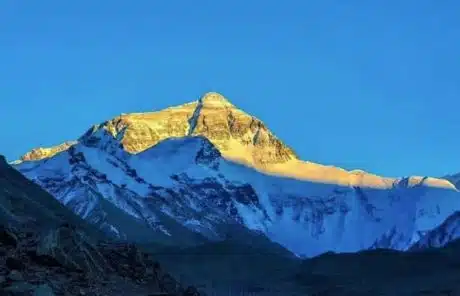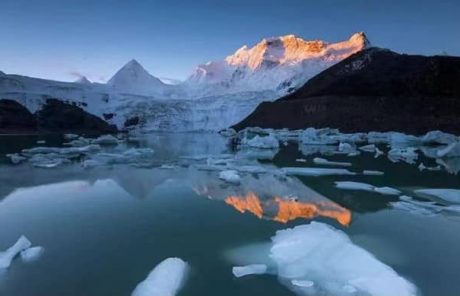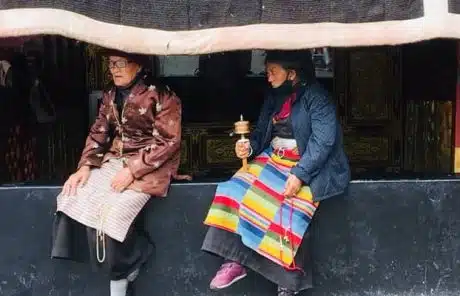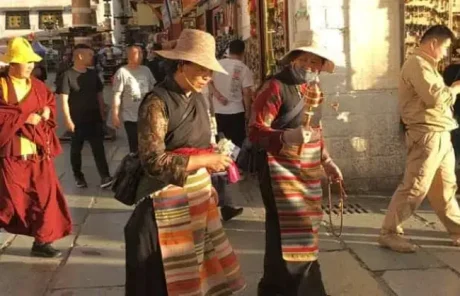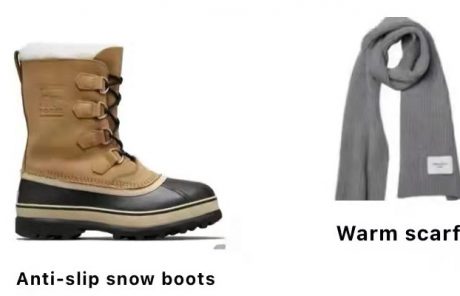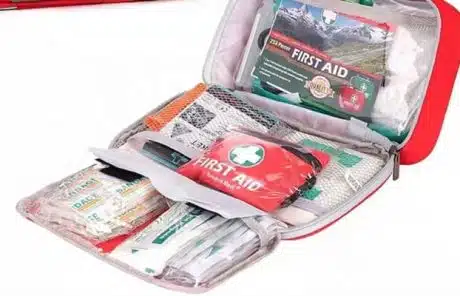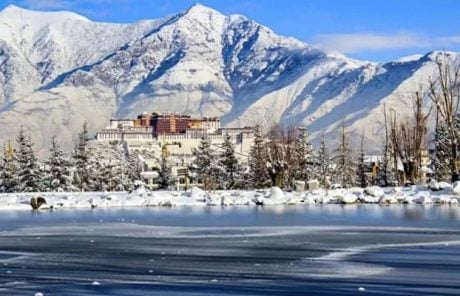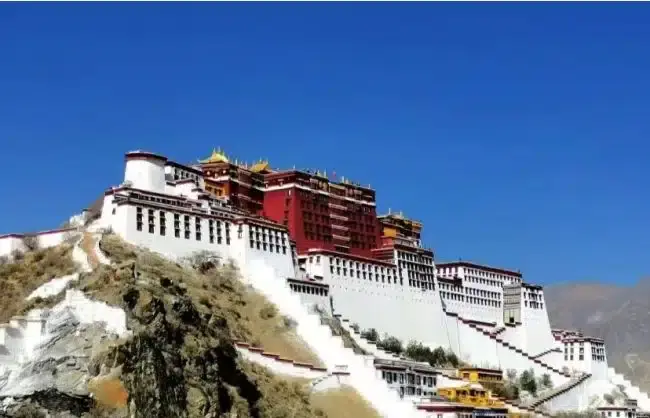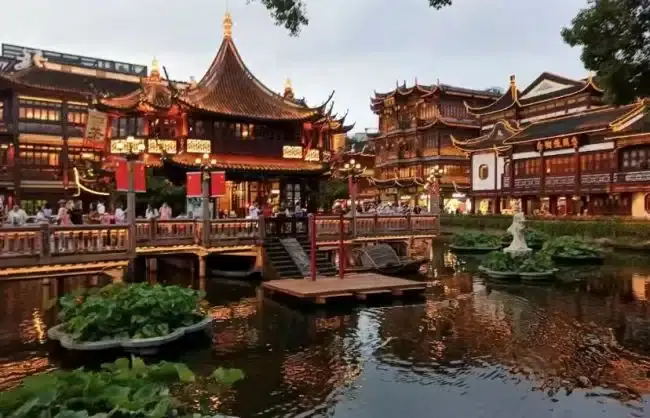Things to Know before Visiting Tibet in Winter
The following tips and information may be helpful for you if you are planning a winter trip to Tibet.
1. Is Tibet closed to foreign travelers in winter?
No. Tibet is still open in winter. Foreign tourists can now go to visit Tibet. Chianxiantour would be happy to help you create a worry-free Tibet trip.
2. Tibet Travel Restrictions
Considering the uncertainties caused by the epidemic, it is recommended to know the detailed travel restrictions and requirements in advance. First of all, you need to obtain a Tibet Entry Permit before you head to Tibet. Below are other detailed travel restrictions and requirements:
Requirements:
- Have been in China for at least 90 days;
- A valid visa;
- Have not been to provinces with confirmed covid cases in the past 14 days.
*The above requirements may change according to the epidemic situation.
Documents needed to apply for a Tibet Entry Permit:
- Chinese passport;
- Chinese Visa;
- Work certificate;
- A proof issued by the applicant’s company or neighborhood committee showing the applicant has not left China in the past 90 days;
- Green health code of where you reside.
The above document requirement may change according to local policy, our travel consultant will inform you of the latest document requirement if you book a Tibet tour with Chinaxiantour company.
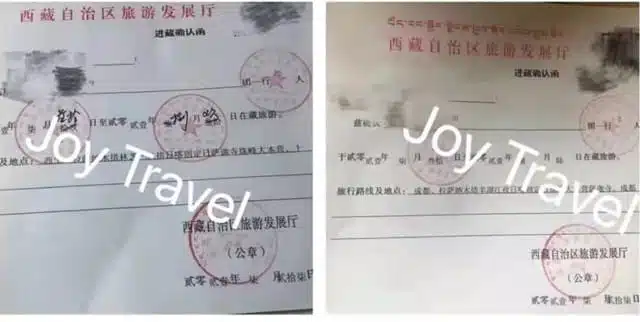
Note: If you are a journalist or a diplomat, you have to be approved by the China Foreign Affairs Office and accompanied by a foreign affairs officer to visit Tibet.
3. Is Tibet Safe for Travelers?
The answer is absolutely “yes”. Tibet is a safe place to travel, just like many other popular tourist destinations in the world. You just need to pay attention to issues like altitude sickness.
4. What about the age limit to travel to Tibet?
There are no age limits when applying for Tibet Travel Permits. Tourists can go to Tibet as long as you are healthy. You can bring your little kids to tour Tibet as long as they can communicate properly with you, and inform you when they are not feeling well.
People with a heavy cold are advised to enter Tibet after recovery; those with cardiovascular disease, severe diabetes, or pregnant women are not recommended to visit Tibet.
√Related reading: Top 5 Travel Routes in Tibet: Classic Itineraries
5. Tips to reduce or prevent altitude sickness
The altitude sickness symptoms include headache, fatigue, nausea, etc.
- Please have a physical examination before you enter Tibetif there are reasons to doubt fitness or suitability to visit Tibet. People with serious heart disease should not go to Tibet, and people with lighter heart/lung troubles, etc. must consult your doctor for advice.
- Try to keep healthy before entering and while in Tibet, even a cold can make attitude sickness feel a lot worse. Keep warm, don’t take bath to avoid catching cold.
- Avoid strenuous exercises on your first day in Tibet; avoid alcohol, drink plenty of water and eat enough fruits, not to eat too much, and get enough rest.
- Consult a doctor to see if you can take the altitude sickness medication or not. If yes, you can prepare medicine to alleviate altitude sickness symptoms.
- Ascend slowly. Acclimating for a few days in Lhasa is recommended before proceeding to a higher altitude. Below are the altitudes of some major attractions in Tibet.
Potala Palace: 3750m (12300 ft)
Ranwu Lake: 3800m (12467 ft)
Lake Yamdrok: 4500m (14764 ft)
Tashilunpo Monastery: 4800m (15748 ft)
Rongbuk Monastery: 5100m (16732 ft)
Lake Namsto: 4700m (15420 ft)
Everest Base Camp: 5200m (17060 ft)
6. Why visit Tibet in winter?
The winter months can be a great time to visit Tibet. Most people may assume that winters there are harsh due to the high altitude. But it’s not so! Winter in Tibet is not as cold as your imagination, especially in Lhasa and its surrounding areas.
In the winter months, the weather in Tibet is mostly sunny with an average temperature of 1℃; there is little chance of snow, and usually relatively small.
These are just a few of the main reasons why visiting Tibet in the winter is a good idea.
- It’s not all that cold
Sitting over 13,000 feet above sea level, the capital city Lhasa has more hours of sunlight per year than any other city, thus is warmer than many northern cities of China in the winter months, such as Beijing. The average temperature range from 7℃ to 9℃ during the daytime, though it may drop to about -10℃ at night.
- More sunny days contribute to good visibility & fabulous views
Tibet sees more sunny days in winter than many other areas of China. It rarely rains or snows in winter, with approximately 90% of the days being sunny. The blazing sunshine along with the clear sky provides fabulous views of the Tibetan glaciers and good conditions for photography.
√Recommended Tibet tours in winter:
Every year from November to March (slack season for farming/herding), pilgrims from all over Tibet pour into Lhasa to pay homage to the Buddha. It is the time to see a large number of pilgrims prostrating themselves onto the ground to do the religious ritual.
- Crystal Clear View of Everest Base Camp
Everest Base Camp is with no doubt the main reason why most visitors travel to Tibet. In the winter months, the clear skies and bright sunshine make for crystal clear view of Everest Peak and some great photos.
- Cheaper prices and far fewer tourists
Since most people make the wrong assumption that it may be frozen cold on the Tibetan Plateau in winter, Tibet sees much less tourists after the National Day Holiday.
Flights and hotels cost less in winter, as demand decreases.
√Related reading: Tibetan glaciers | Top 7 Most Beautiful Glaciers in Tibet
7. What to pack when visit Tibet in winter?
Packing list to ensure you a nice and safe trip on such a high-altitude plateau:
- Clothing: adequate winter clothes (dress with layers)
warm boots (antiskid and waterproof), woolen sweater, thick pants, a down jacket with a warm hood, warm socks, insulated or fleece legging underwear, warm winter gloves, scarf, woolen hat >> Read more about What to Wear in Tibet
- Sunburn and Dry Climate Protection
sunglasses, sunhat, lip balm, moisturizer, sunblock, snow glasses
- Medical Kit
Ask your doctor for advice before the trip, and prepare some common medicine, such as medicine for colds, altitude sickness medicine, headaches, stomach aches, and fever.
- Others
Light windproof raincoat, Vacuum flask, other personal well-being items, personal documents
8. Other Travel Tips for Visiting Tibet in Winter
- You won’t stay overnight at Everest Base Camp in the tent in winter, as the lodging tents close down at the end of October. The guesthouse near the EBC is very simple, with no running water in the winter as the pipes are frozen.
- Please note that Tibet in February can be a bit windier than early winter.
- You are suggested to wear antiskid shoes since some high-altitude places will be covered with snow and ice.
- Book the flight tickets until the last minute because of the uncertainties and rapid changes under Covid-19.
Please don’t hesitate to contact us if you have any ideas about a Tibet trip or want further information. JoyTravel can take care of all the details for your trip to Tibet, from Tibet Travel Permit application to flight, and hotel booking, day-to-day tour transfers. We are well ready to bring you a once-in-a-lifetime experience in Tibet.



